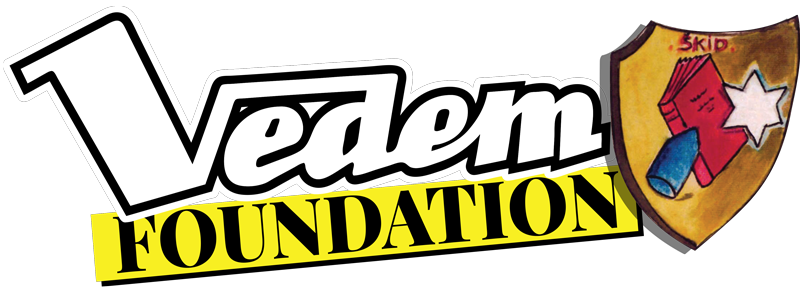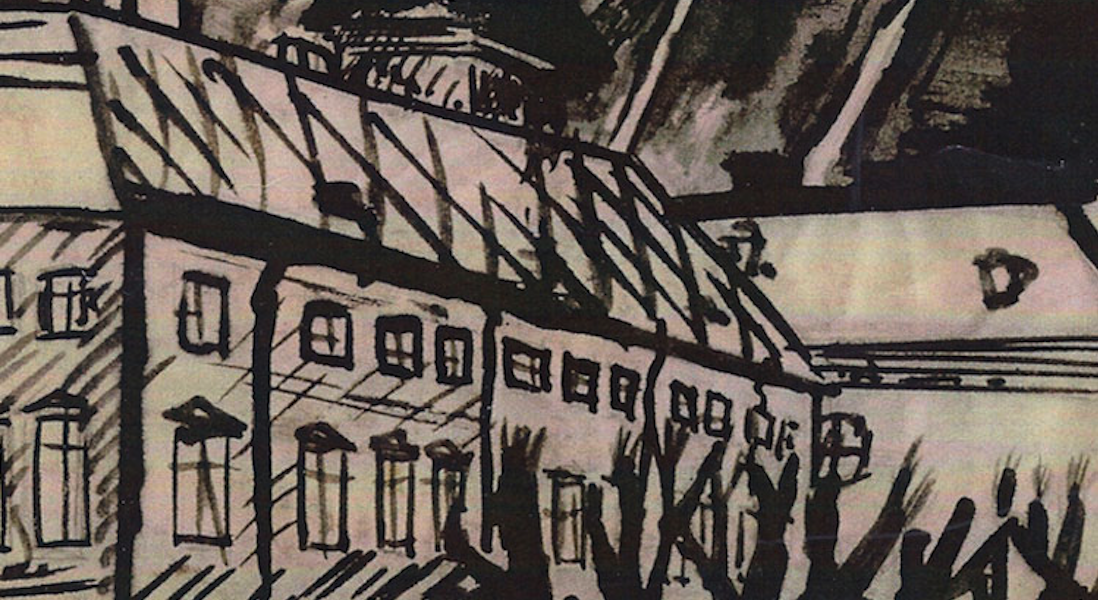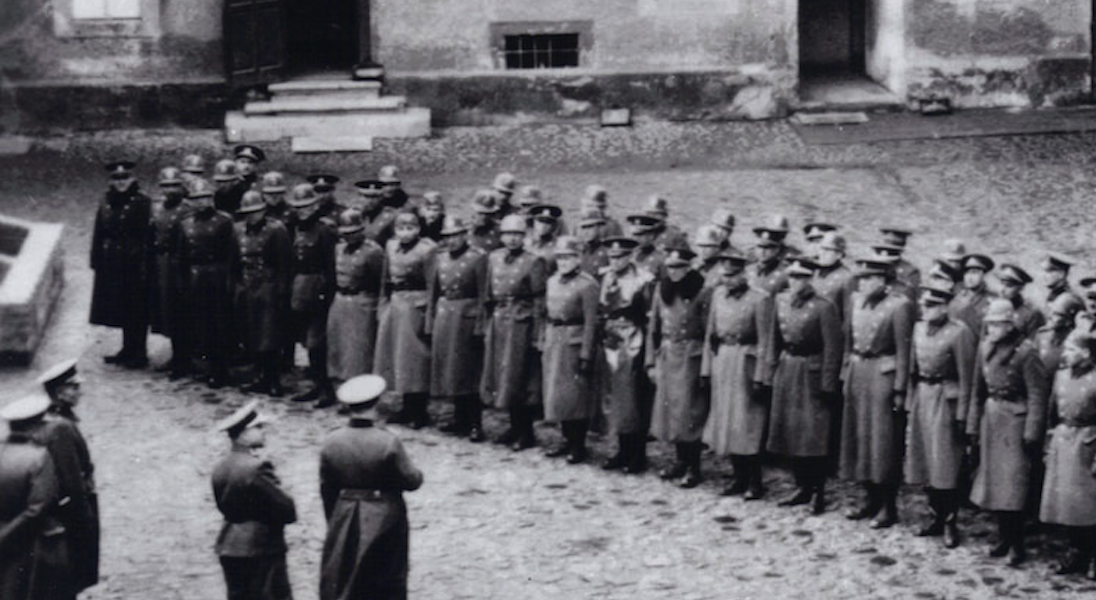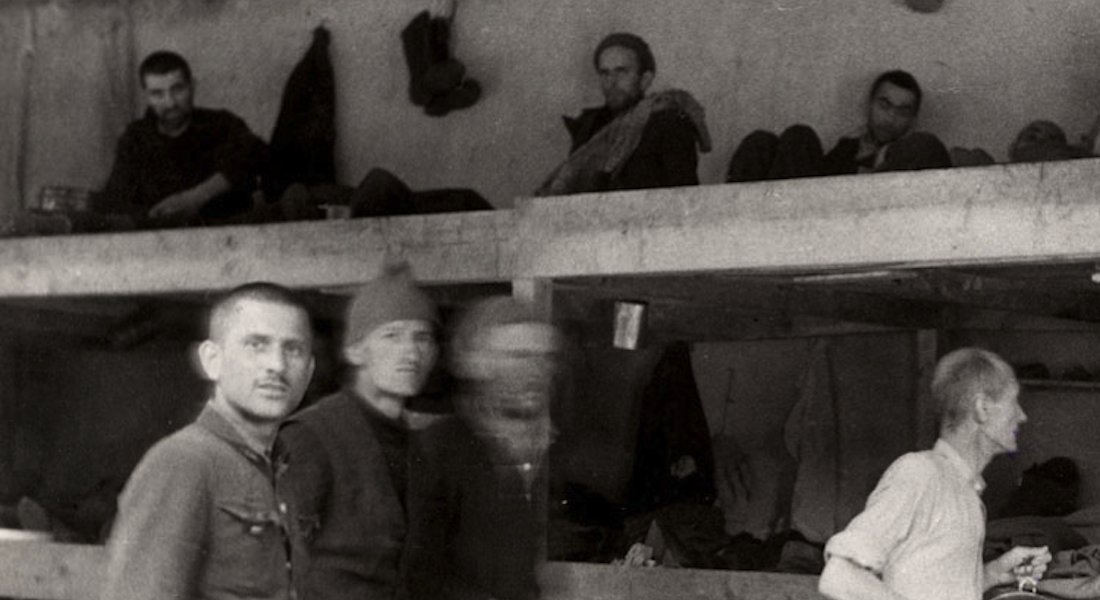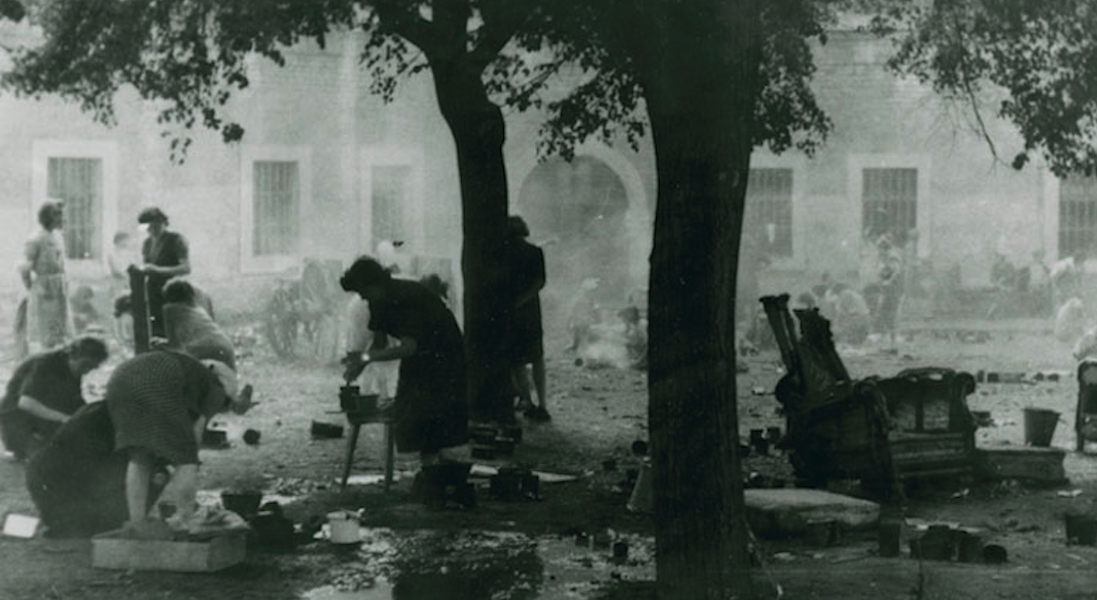About This Project
Local Edition: The Terezin Ghetto
From 1942 to 1944, a group of 13- to 15-year-old Jewish boys created their own medium to express themselves, and they knowingly risked their lives by doing so. The place was Czechoslovakia’s Terezin Ghetto, which the Nazis built out of a fortress town near Prague. Terezin was like no other ghetto during World War II. Despite severe overcrowding, food shortages and forced labor, Terezin’s population of prominent Jewish artists, musicians and academics gave the ghetto a thriving cultural life. Contributing further to the surreal dichotomy of creativity and oppression was the fact that Terezin was a “show camp” the Nazis used to deceive the International Red Cross. The Nazis fabricated a community where theatre plays were produced, soccer matches were held and sidewalk cafes were opened, all giving the false impression of humane treatment of the Jewish prisoners. Through Vedem, Terezin’s teen writers covered all aspects of this fake “town” with news columns, sports articles, poems and editorials, and fearlessly told the true story of the ghetto from behind that wall of deception.
